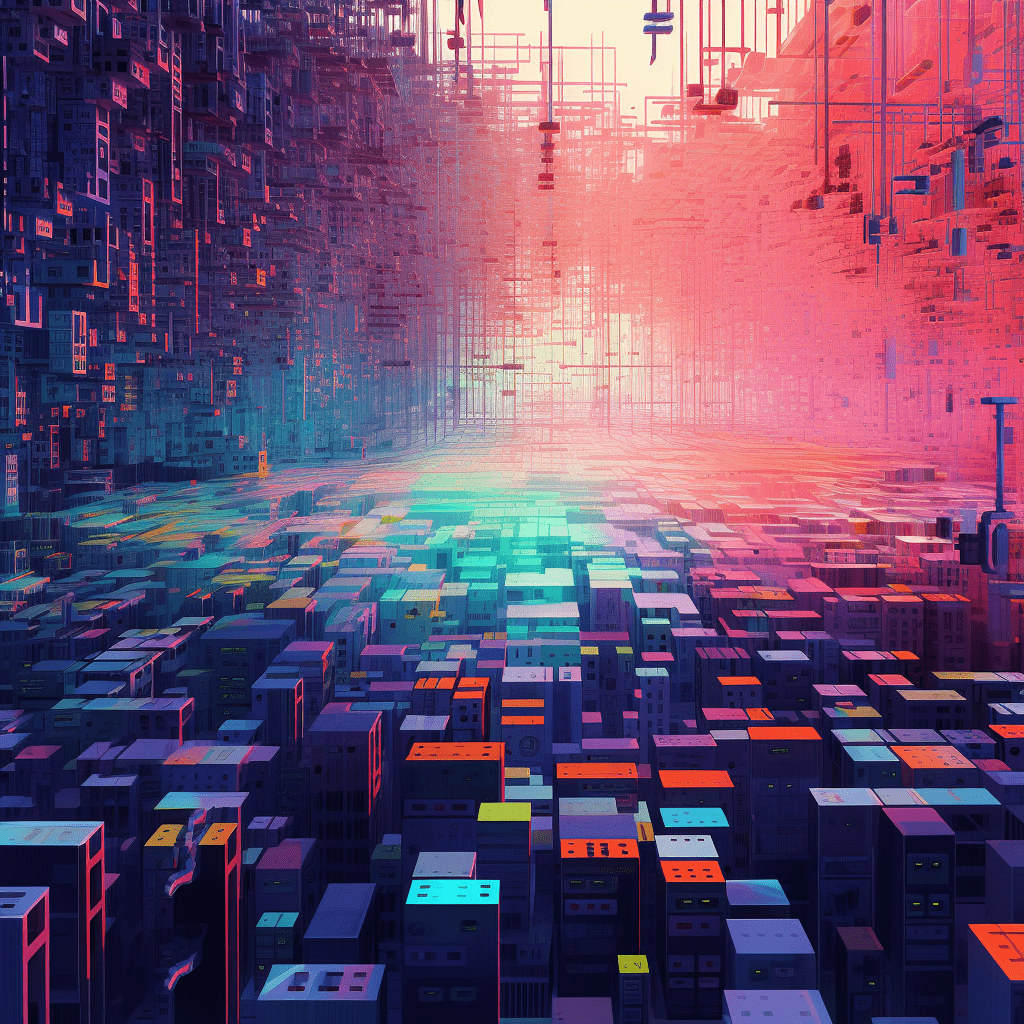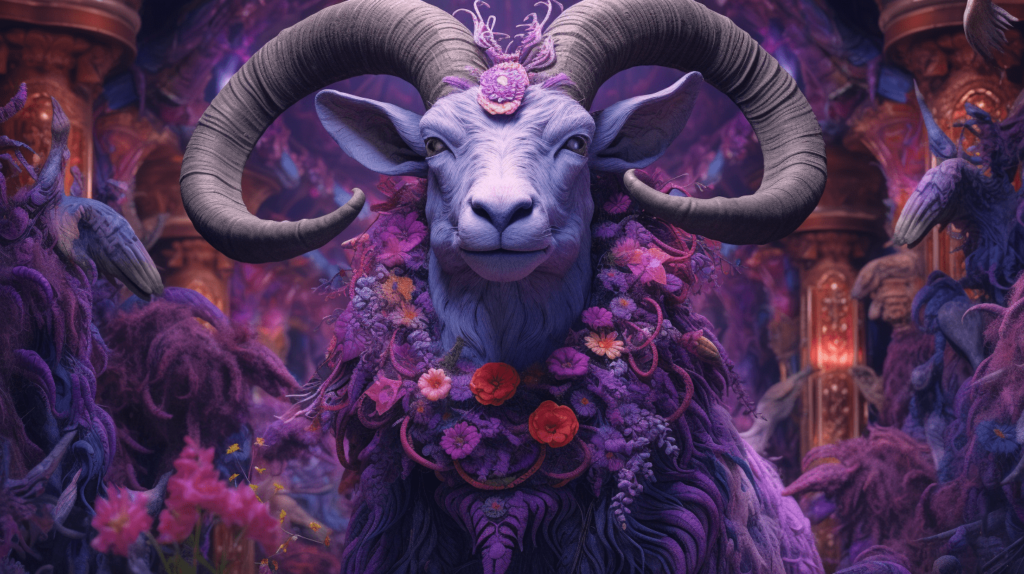Non-fungible tokens (NFTs) have been making headlines recently, transforming digital art, music, virtual real estate, and even digital fashion. The recent advancements in no-code technology have made it possible for anyone to create their own NFT collections, even without a background in programming or blockchain technology. If you’re curious about how to use a no-code NFT collection generator, this step-by-step tutorial is just what you need.

Understanding No-Code NFT Collection Generators
Before we dive into the tutorial, let’s clarify what a no-code NFT collection generator is. In a nutshell, these tools allow you to create your own NFTs without needing to understand the technicalities of blockchain programming. Instead, you use a user-friendly interface to upload your art, link it with metadata (the information that gives your NFT its unique characteristics), and then mint it as an NFT. It’s a simplified process designed to make the world of NFTs accessible to all.
Choosing the Right No-Code NFT Collection Generator
Various platforms offer no-code NFT collection generators, each with its own unique features, benefits, and costs. Popular options include Mintbase, OpenSea, and Rarible, among others. It’s essential to do your homework and understand the strengths and limitations of each platform before deciding. Look into factors like transaction fees, the platform’s user community, ease of use, and the types of NFTs you can create.
A Step-by-Step Guide to Using a No-Code NFT Collection Generator
While the specifics may vary slightly depending on the platform you choose, the overall process remains pretty similar. Here’s a broad step-by-step guide to help you navigate your way through using a no-code NFT collection generator.
Creating an Account

The first step is creating an account on the platform of your choice. This typically involves signing up with your email, creating a username, and setting a password. Some platforms may also require you to connect a crypto wallet at this stage.
Uploading Your Artwork
After you’ve set up your account, the next step is uploading the artwork or digital asset you want to turn into an NFT. This usually involves selecting the ‘Create’ or ‘Mint’ option and then choosing the file you want to upload from your device. Keep in mind that different platforms support different file types, so be sure to check the specifics.
Adding Metadata
Once you’ve uploaded your digital asset, it’s time to add metadata. This information serves as the ‘identity’ of your NFT and can include elements like the name of the piece, the creator’s name, a description, and other details. You can often also add attributes, which are special characteristics or traits that help distinguish your NFT.
Minting the NFT

After the metadata is set, you’re ready to mint your NFT. Minting is the process of writing the information of your digital asset onto the blockchain, effectively creating the NFT. Depending on the platform, this step might also involve paying a gas fee (the cost of performing a transaction on the Ethereum network).
Listing Your NFT for Sale
Once your NFT is minted, you can list it for sale on the platform’s marketplace. This usually involves setting a price (in Ether or other platform-specific tokens) and potentially paying a listing fee.
What’s Next?
After listing your NFT, the next steps are more about managing your collection and getting involved in the community than technical tasks. It’s important to promote your NFTs, engage with potential buyers, and stay active on the platform. It’s also beneficial to keep an eye on market trends, as the value of NFTs can fluctuate.
Common Mistakes to Avoid When Using a No-Code NFT Collection Generator
Even though no-code NFT collection generators simplify the creation process, there are still some common mistakes that beginners should be aware of.
Skipping the Research Phase
It’s important to thoroughly understand the platform you’re using and the specifics of the NFT market before you start. This includes understanding the fee structure, potential legal implications, and how to price your NFTs appropriately.
Not Paying Enough Attention to Metadata
Metadata plays a vital role in distinguishing your NFTs and attracting potential buyers. Always take the time to fill out metadata fields thoroughly and thoughtfully.
Overlooking Promotion
Even the most unique and attractive NFTs need some level of promotion to catch potential buyers’ attention. Make sure to share your creations on social media, in relevant online communities, and through any other promotional channels available to you.
Ignoring Community Engagement
Much of the value and enjoyment of NFTs come from the communities that form around them. Engage with other creators and buyers, participate in platform events and discussions, and be an active member of the community.
In Conclusion

As the NFT landscape continues to evolve, tools like no-code NFT collection generators are making it easier for anyone to participate. While the steps to create your own NFT collection may seem complex at first, with a little practice and patience, you can navigate this exciting new territory and contribute to the growing world of digital art and assets.
